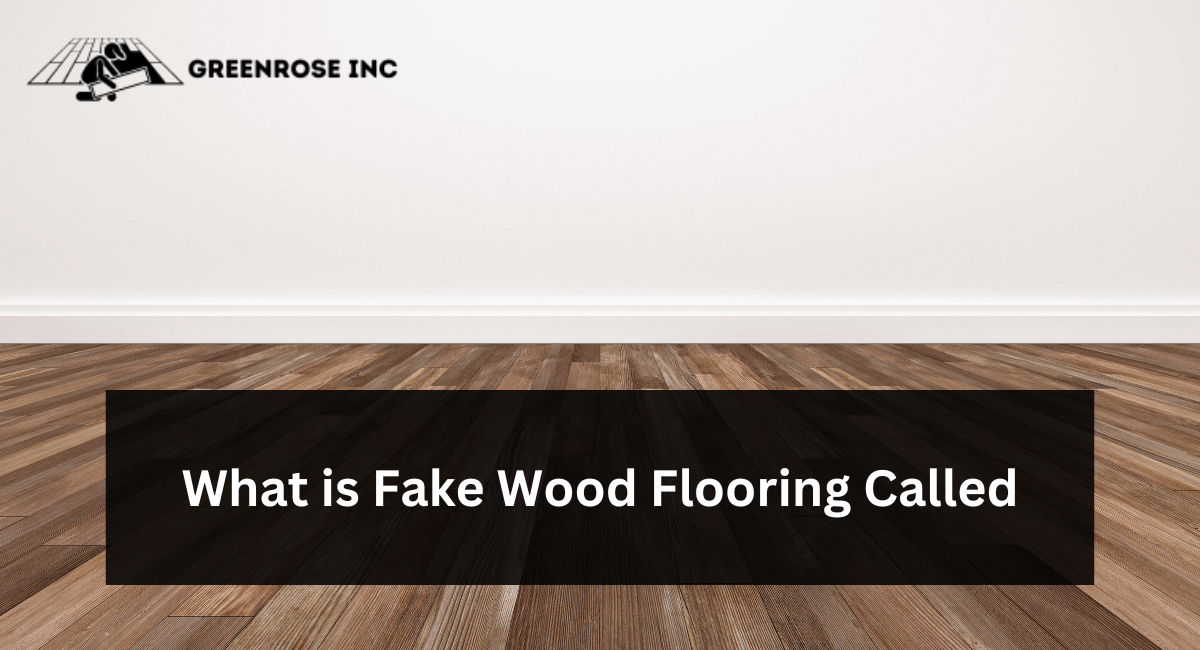Faux wood floors offer significant savings or durability for both children and pets, but solid hardwood still reigns supreme as an option.
Traditional wooden flooring may be expensive and highly maintained, especially in areas prone to spills or fluctuating humidity.
Laminate
Laminate flooring is an imitation wooden surface made to mimic natural hardwood. It consists of multiple layers, beginning with a clear coating, followed by high-definition photographs, and finally protective wear layers.
Laminate flooring comes in an assortment of wood-like patterns and colors and can be found at nearly every price point.
Laminate is among the most cost-effective, resilient, and flexible choices. It is ideal for high-traffic areas as it resists scuffs, scratches, and marks caused by furniture dragged over it or shoes worn when walking along it.
Furthermore, laminate stands up well when handled quickly after spills if wiped rapidly after an incident.
Installing laminate floors is simple by snapping planks together without glue or nails, making it an appealing DIY flooring option. Plus, its nonporous nature makes it great for families with pets as it doesn’t allow dirt or dust to build up in cracks and crevices of the floor surface.
Laminate flooring cannot be refinished like solid hardwood, so any damage must be entirely replaced if necessary.
However, due to moisture build-up in mudrooms or entryways, it should not be installed since standing water can cause its planks to expand and warp; new technologies in laminate have created waterproof options that can withstand small splashes of liquid spillage.
Engineered Hardwood
Engineered hardwood is more costly than laminate yet offers an authentic appearance. Engineered hardwood comprises multiple layers of plywood or high-density fiberboard layered together and covered in natural wood veneer. This makes this floor more stable than solid hardwood, which may warp and bow in areas subject to frequent temperature and humidity changes.
Engineered wood can be found in popular natural species like oak, maple, and hickory and reclaimed and distressed styles.
Like solid hardwood, engineered wood flooring can be refinished over time. However, steam mopping should be avoided on engineered wood because moisture damage to its core layer could cause planks to expand and contract over time.
Engineered hardwood is not only durable but also comfortable underfoot. Unlike laminate floors, engineered wood doesn’t flex as much when walking on it, and some homeowners have complained that heels and pet nails click against its surface.
Engineered wood is more susceptible to sun fading than solid hardwood floors, and cheaper varieties may emit VOCs (volatile organic compounds).
To decrease off-gassing risks, select from premium collections of engineered hardwood that offer low or no VOC finishes; this way, you’ll enjoy its beauty without risking health complications associated with off-gassing.
Vinyl Plank
While vinyl planks may last less time than hardwood, they are ideal for everyday wear and tear. Vinyl planks can withstand most household spills while remaining water resistant, making them excellent choices for households with kids or pets that regularly spill food or drinks on their floors. They’re low maintenance, requiring occasional sweeping and mopping–perfect for busy families! Plus, they offer the bonus of no VOC emissions like natural wood floors can give off.
Vinyl planks are not only durable but also highly cost-effective. Fully installed vinyl planks can cost anywhere from $25 to $79 per square meter, making them a top choice among those looking to make their homes more cost-efficient and eco-friendly.
Vinyl planks offer many benefits over other flooring materials, including scratch and dent-resistant. Unfortunately, their durability comes at the cost of irreparable cuts caused by sharp objects like pet claws or heavy furniture hitting them hard enough.
Vinyl planks come in various designs and patterns, from luxury options that resemble natural wood and stone to basic designs with protective top layers and vinyl design layers, plus rigid cores constructed of plastic composites with strengthening agents. You may hear these products referred to as LVP (luxury vinyl plank), although you could call them whatever you like.
Vinyl Tile
Natural hardwood floors are stunningly beautiful but also costly and difficult to maintain. Many homeowners are turning to faux wood flooring instead – which comes in different styles and materials – as an economical way of adding classic style. The best fake wood flooring provides durability with low maintenance requirements and is suitable for busy households, including children and pets.
Vinyl plank and luxury vinyl tile are popular faux wood flooring choices featuring click-together installation. Vinyl plank comes equipped with an adhesive backing that snaps together easily over existing surfaces or slab foundations, while its waterproof core makes it suitable for bathrooms or basements. Regarding the photographic layer mimicking different wood species ranging from rich mahogany to pale oak, some brands even provide options with texture layers that look hand-scraped or knotted!
Faux wood floors can be easily refinished to restore their original shine, making them easy to keep clean. Unfortunately, however, they don’t stand up well against moisture and humidity like solid hardwood does – which makes faux wood an ideal option in environments such as kitchens and basements where solid hardwood isn’t recommended.
Porcelain tile provides another viable alternative for faux wood flooring: porcelain has an attractive wood-look surface. It comes in various colors and widths, providing an ideal alternative to hardwood in wet spaces such as bathrooms or shower stalls. Furthermore, porcelain tile gives radiant heat to warm, cozy living rooms.

